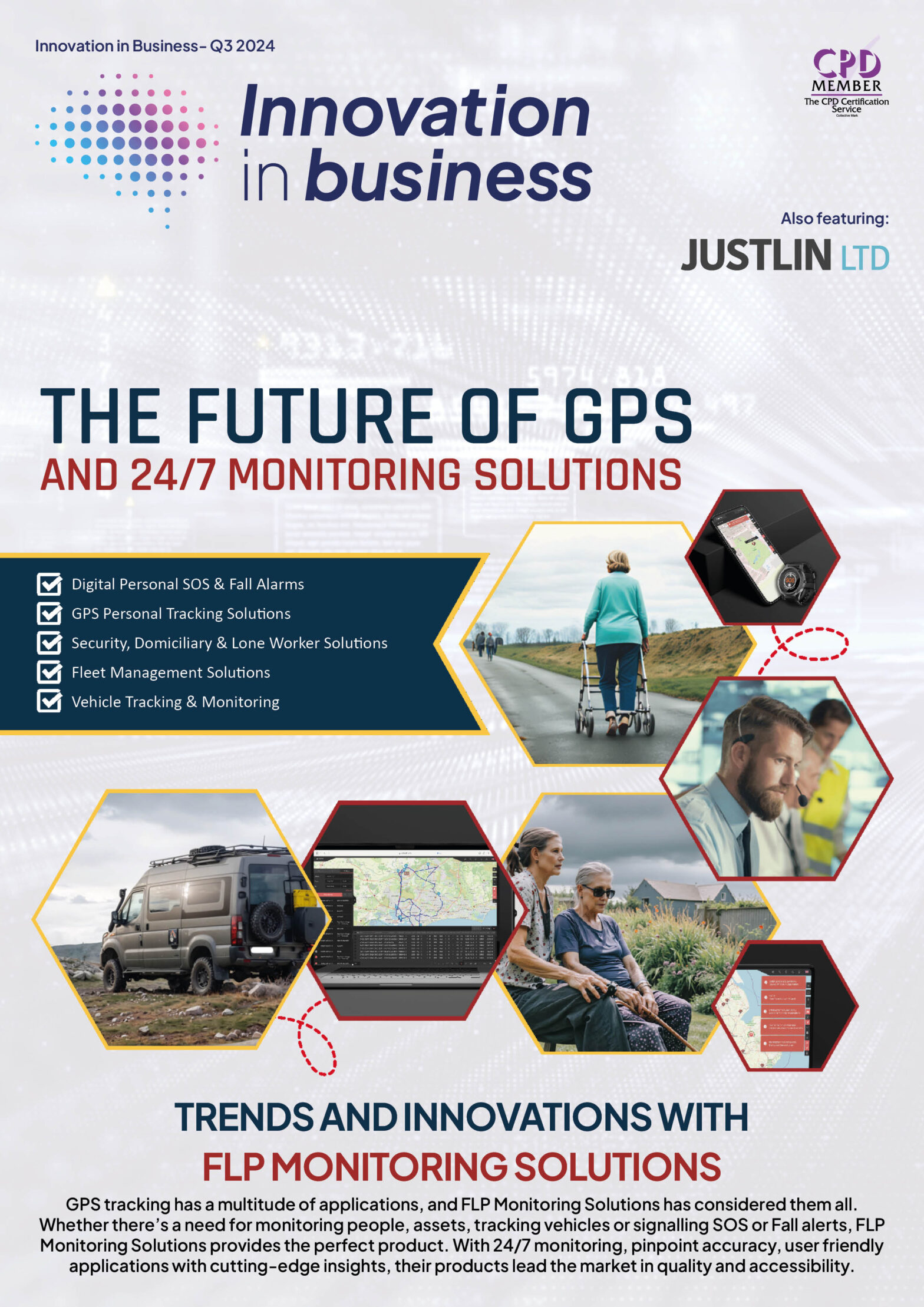

The evolution of the public cloud has rapidly accelerated over the past few years. With the likes of digital Transformation, remote working, and AI, we’ve witnessed an incredible growth.
Back in 2018, before we even heard of COVID or ChatGPT, there were already big ambitions for public cloud. The global market size for digital transformation was at $320 billion, and set for 18% annual growth, predicted to reach $695 billion by 2025.
The global pandemic also caused an acceleration on digital transformation. More than two-thirds of boards had sped up their digital business adoptions. According to 63% of leaders, the pandemic prompted them to embrace digital transformation sooner than originally intended. IBM had also found that 93% of businesses during COVID had accelerated their digital transformation by an average of 5.3 years.
Having barely recovered from the pandemic, the world then welcomed artificial intelligence (AI), which created a new market to sustain annual growth more than 40%, that could potentially reach $1.3 trillion by 2033. And that was on top of a global Internet of Things (IoT) sector, that’s well on its way to reach an estimated $336bn.
Faced with constant pressure, businesses have rushed to secure infrastructure solutions. This surge in demand fuels the global public cloud computing market, that’s expected to hit a staggering $679 billion in 2024.
Fresh Perspective
Shifting economic winds, we were forced to look at a fresh outlook. Despite AI’s boom and maturing IoT, organisations have reconsidered their approach. While the threats of recession looms, business have re-prioritised profitability.
However, the rush towards digitalisation had exposed infrastructure risks and costs. The sense of urgency caused by digital transformation, COVID and AI had let to businesses making poor procurement decisions. Being fuelled by urgency, led to vendor lock-in, echoing past Y2K mistakes.
The consequences of these ‘all-in’ pushes to the public cloud or fully on-premises data centres, are now being faced by businesses. On top of that, with the unpredictable surge in energy prices, difficulties in scaling and increased costs of security, these also threaten the return of a proprietary data centres.
The Rise of Colocation
Taking note of these issues, businesses are now seeking refuge of combining the flexibility and scalability from cloud, with the cost control of owned infrastructure, thus welcoming colocation data centres. Naturally, this is driven by a need for increased efficiency to improve profitability.
The warnings of Gartner, around cloud washing and advocation of becoming ‘cloud smart’ as opposed to the ‘cloud-first’, has been embraced. In order to become cloud-smart, businesses need to collaborate with infrastructure partners that can consult options that will enable them to run a more lean and resilient IT infrastructure.
It’s no longer, just about space and power in a colocation data centre – especially during than era of AI workloads that will push hardware to its limits. This encourages businesses to focus on their core business, not just their IT management.
The success of colocation is more about strategy, ensuring business capabilities are being developed. This starts before even stepping inside a datacentre, it begins with the location of the facility.
An issue that comes with hyperscale cloud facilities, has been the absence of the control businesses have had over their technology, as well as no access to it. Utilising regional data centres, allows businesses to be closer to their data. This not only provides better control, but it also improves performance and reduces the support cost, especially during a maintenance period or an unexpected downtime.
The Strength of Partnership
Taking it a step further, a colocation partner minimises disruption and ensures optimal asset performance. Resilience and performance are distinct, and a true partner understands their combined impact on profitability.
For greater returns, a colocation partner (versus just a provider) offers managed services. The core of outsourcing is to offload non-critical tasks, and IT infrastructure is no exception.
In-house hardware management offers minimal return. Installation, maintenance, security, optimisation, monitoring, and troubleshooting. The best returns lies in freeing IT for strategic initiatives, not hardware. While ROI is hard to quantify, studies show managed services can boost operational efficiency by 45-65%.
Conclusion
Profit reigns supreme in 2024. Businesses have the goal to prioritise cost-effective infrastructure. This makes colocation ideal to bring balance by offering cloud-like scalability combined with on-premises control.
However, Colocation providers need to expand their focus to deliver more than just space and power. They need to offer holistic solutions for building cost-efficient, resilient IT structures. Equally, businesses need to view colocation as part of a strategic infrastructure plan to optimise their infrastructure that will bring better control to costs and maximise their return.

Technology
25 March 2025
Ransomware-As-A-Service Variants on the Rise With Critical Infrastructure Providers at the Greatest Risk

Business Advice
25 March 2025
Claims Processing Automation: How Insurers Can Cut Costs and Improve CX

Technology
18 March 2025
Secret Signs Your Internet Security Has Been Compromised






















